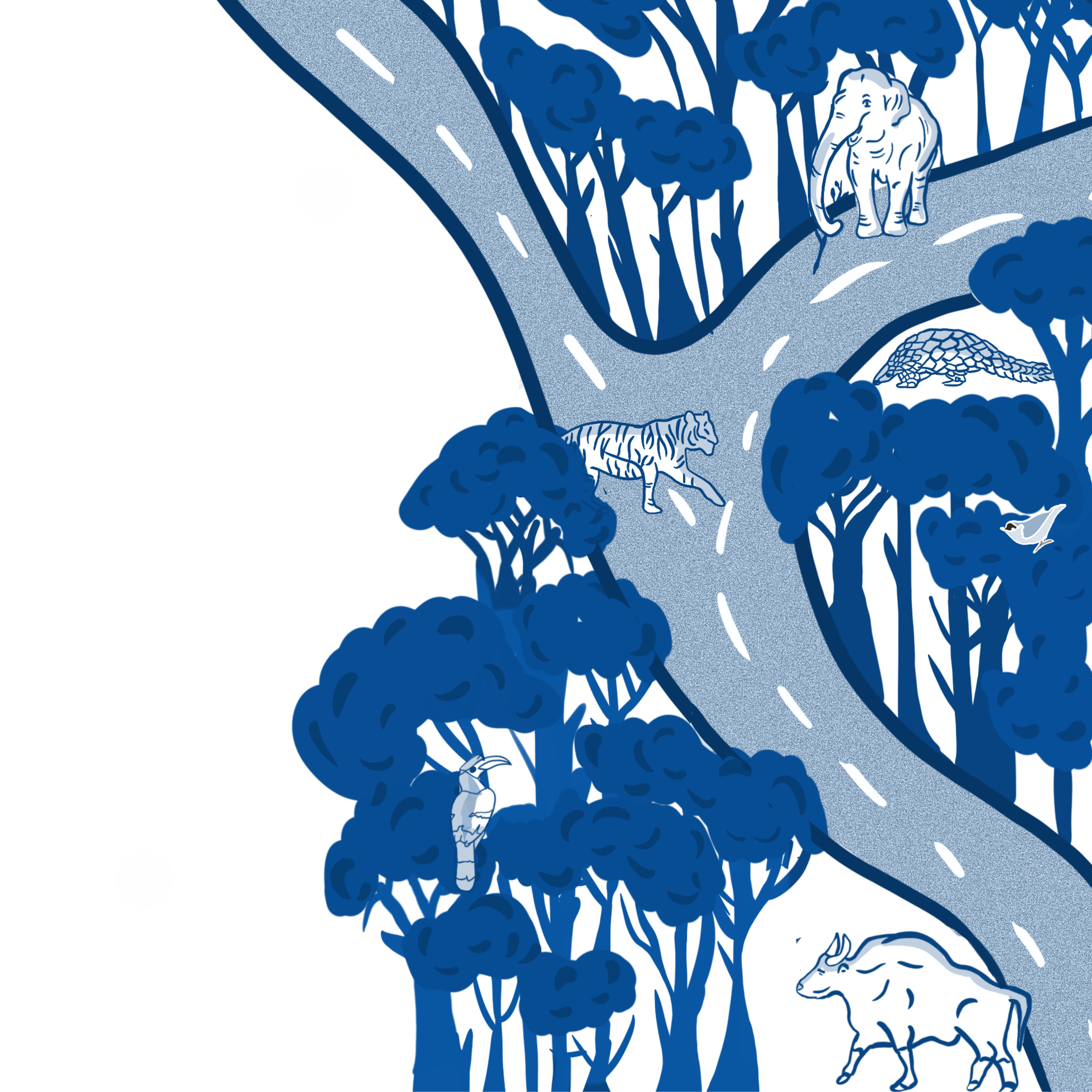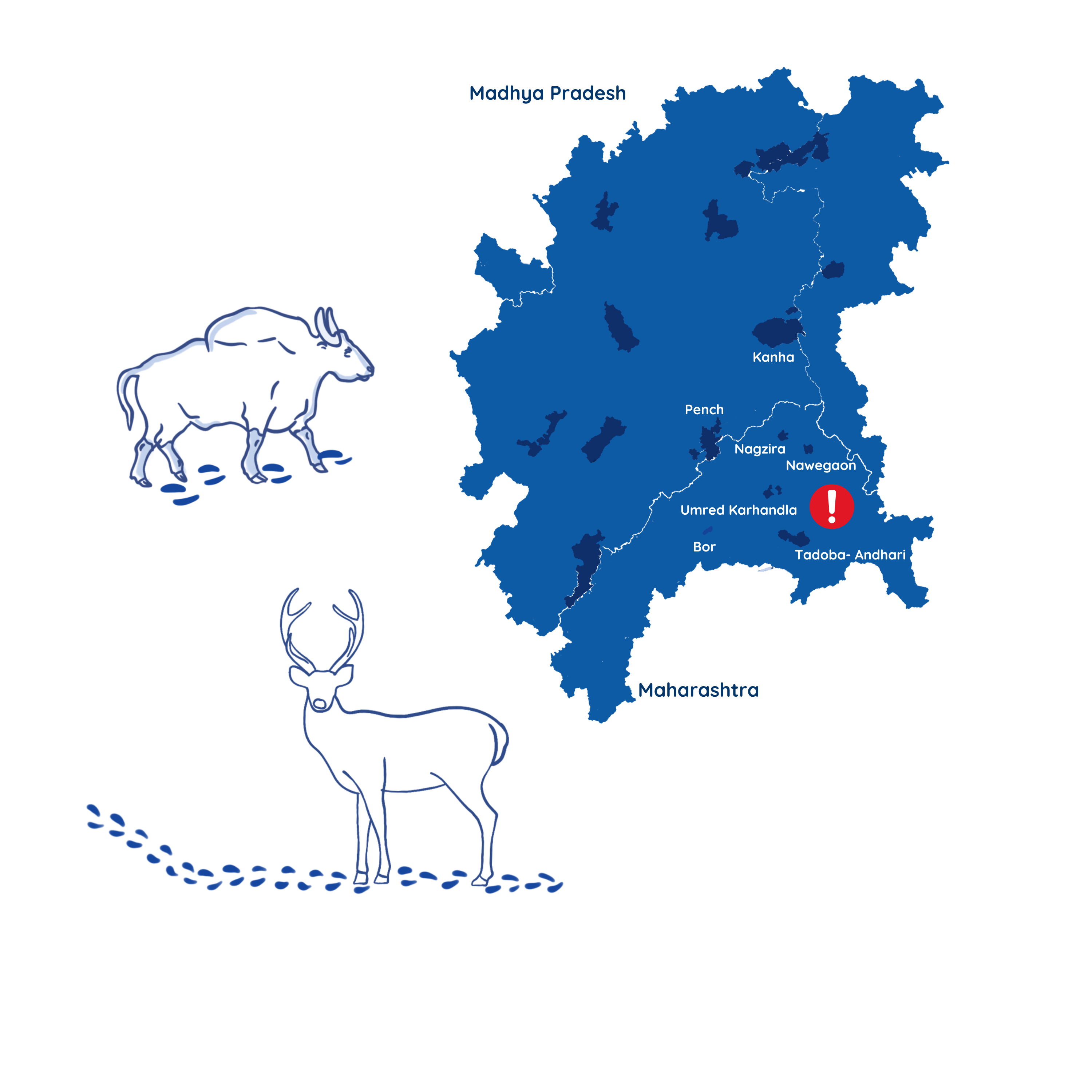Habitat loss, degradation and fragmentation are major threats to biodiversity across the globe. Extensive development is fragmenting habitats, resulting in small, isolated patches of natural habitat within a broader mosaic of altered landscapes.
Large mammals are particularly vulnerable to habitat loss and fragmentation due to their slow reproductive rates and requirement for large home ranges that spread over hundreds of kilometres.How these large mammals move through these fragmented landscapes can affect their genetic connectivity and is critical for their long-term persistence.
In a recent study, Uma Ramakrishnan’s lab investigated the genetic connectivity of two large herbivores-- Gaur and Sambar, in Central India, where protected areas are interspersed within a human-dominated landscape.

What did they look for?
- Genetic similarities or differences between the populations of both species
- Artificial or natural landscape features, such as roads or agricultural fields that affect the genetic connectivity of the species
- If both Sambar and Gaur respond to these landscape features differently.
- Populations that need immediate conservation attention
Abhinav Tyagi, the lead author of the study, used faecal samples to look at the genetic connectivity between populations of both species spread across Maharashtra and Madhya Pradesh.To look into the genetic variation, the research team extracted DNA from these faecal samples and sequenced them. They compared small fragments of DNA from hundreds of individuals of both species to look for Single Nucleotide Polymorphism (SNP)- DNA sequence variation that occurs when a single nucleotide of a gene (A, T, C, or G) differs among individuals. They used population and landscape genetic tools to identify barriers and genetic differences among the populations.

What did they find?
- Low genetic variation within gaur populations i.e. individuals have similar genetic composition.
- As land and land cover change from forest to agricultural fields, it impedes gaur movement in the landscape.
- Roads with traffic and dense linear features, such as canals and railway lines, further restricted their ability to navigate the landscape.
- Gaur population at Umred Karhandla Wildlife Sanctuary needs immediate conservation intervention
- Genetic differentiation in the gaur population at Umred Karhandla Wildlife Sanctuary shows restricted gene flow, likely due to barriers hindering the movement of individuals into and out of the sanctuary.
- Low genetic variation within sambar populations
- Changes in land cover affects movement of Sambar in the landscape.
- Roads with traffic impede Sambar connectivity
- Areas with high human densities are a barrier too.
The study highlights that different species respond to landscape features differently. Therefore, developing multi-species holistic conservation approach in rapidly changing landscapes could help in effective management of co-occurring endangered species.











0 Comments